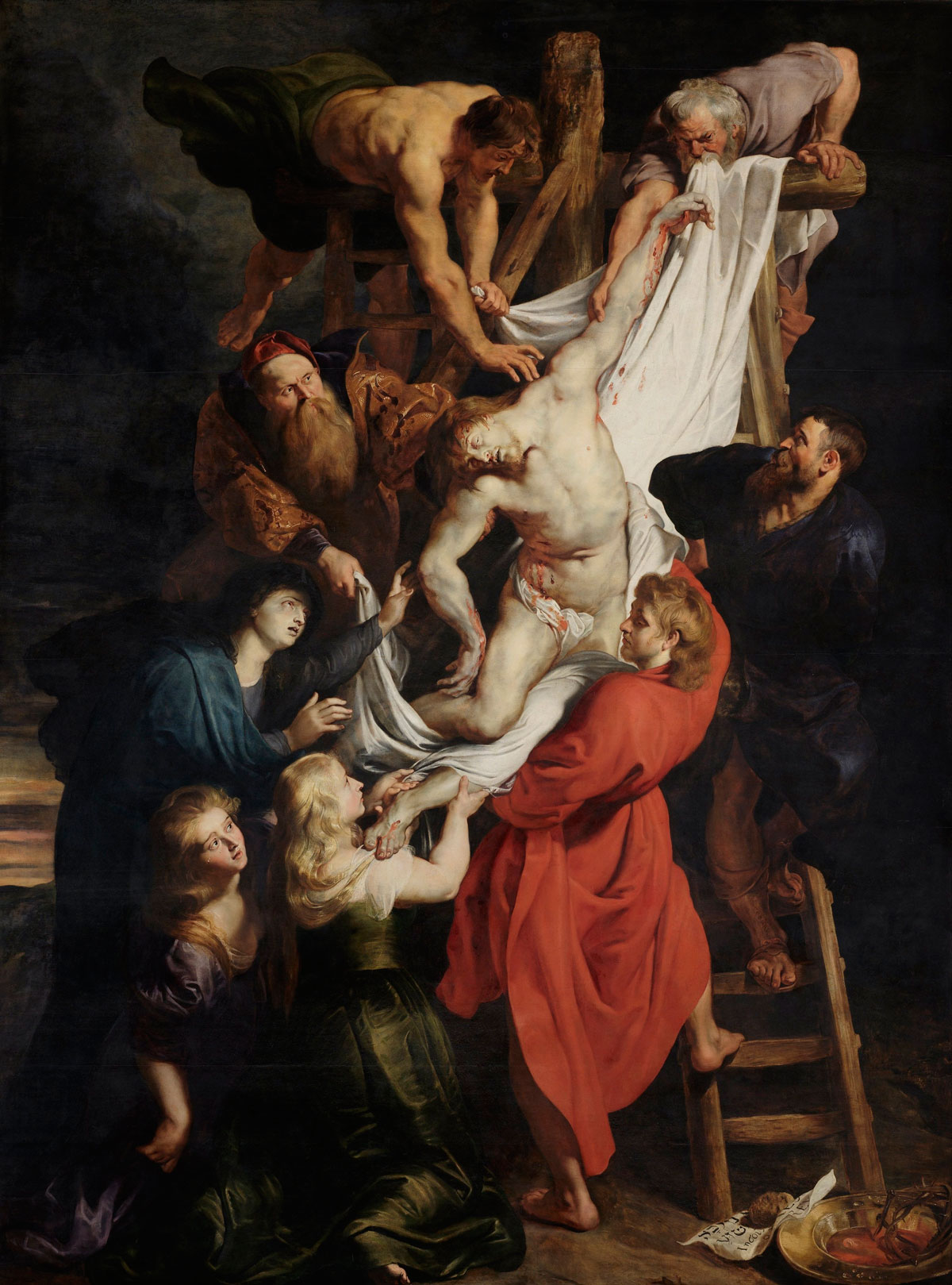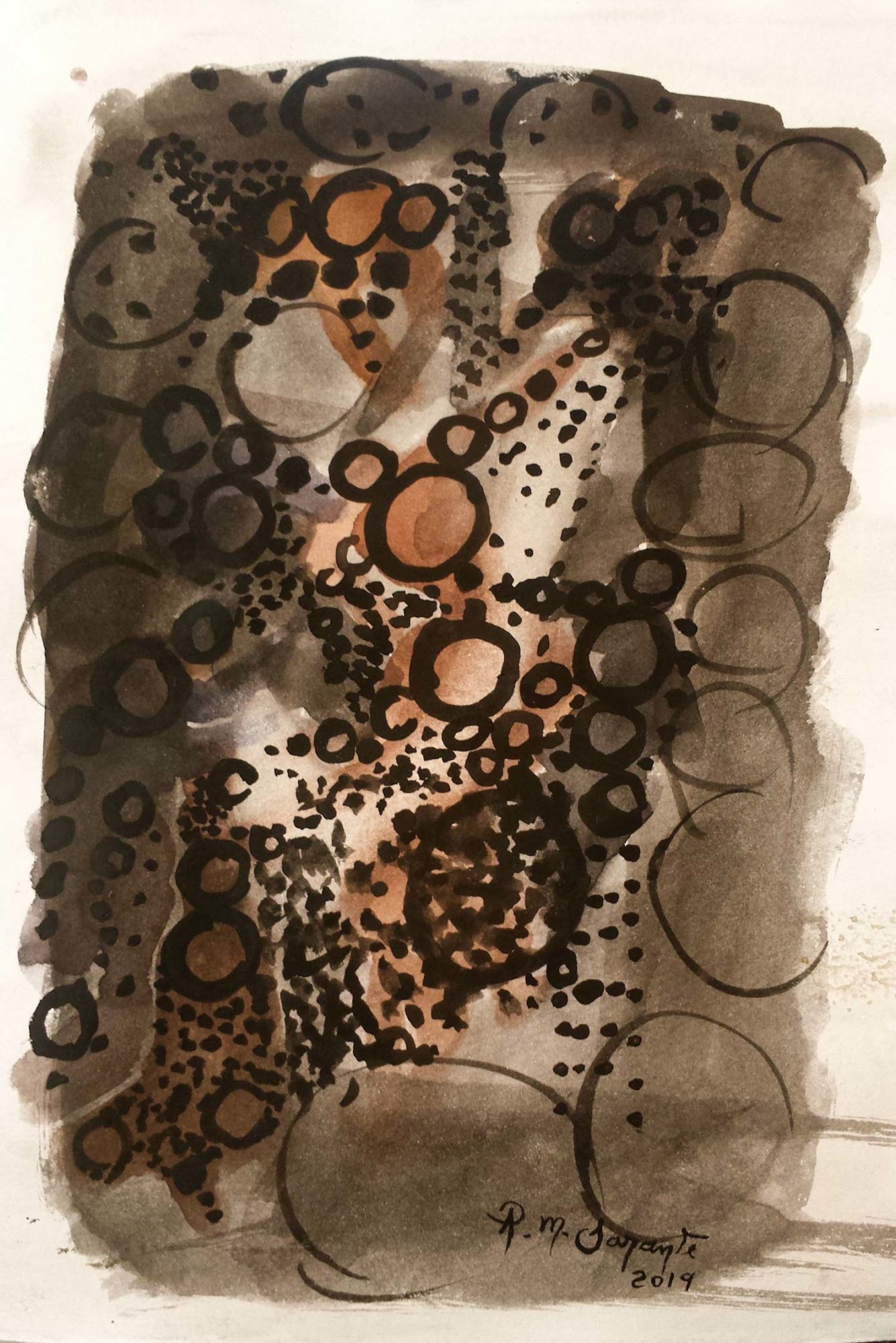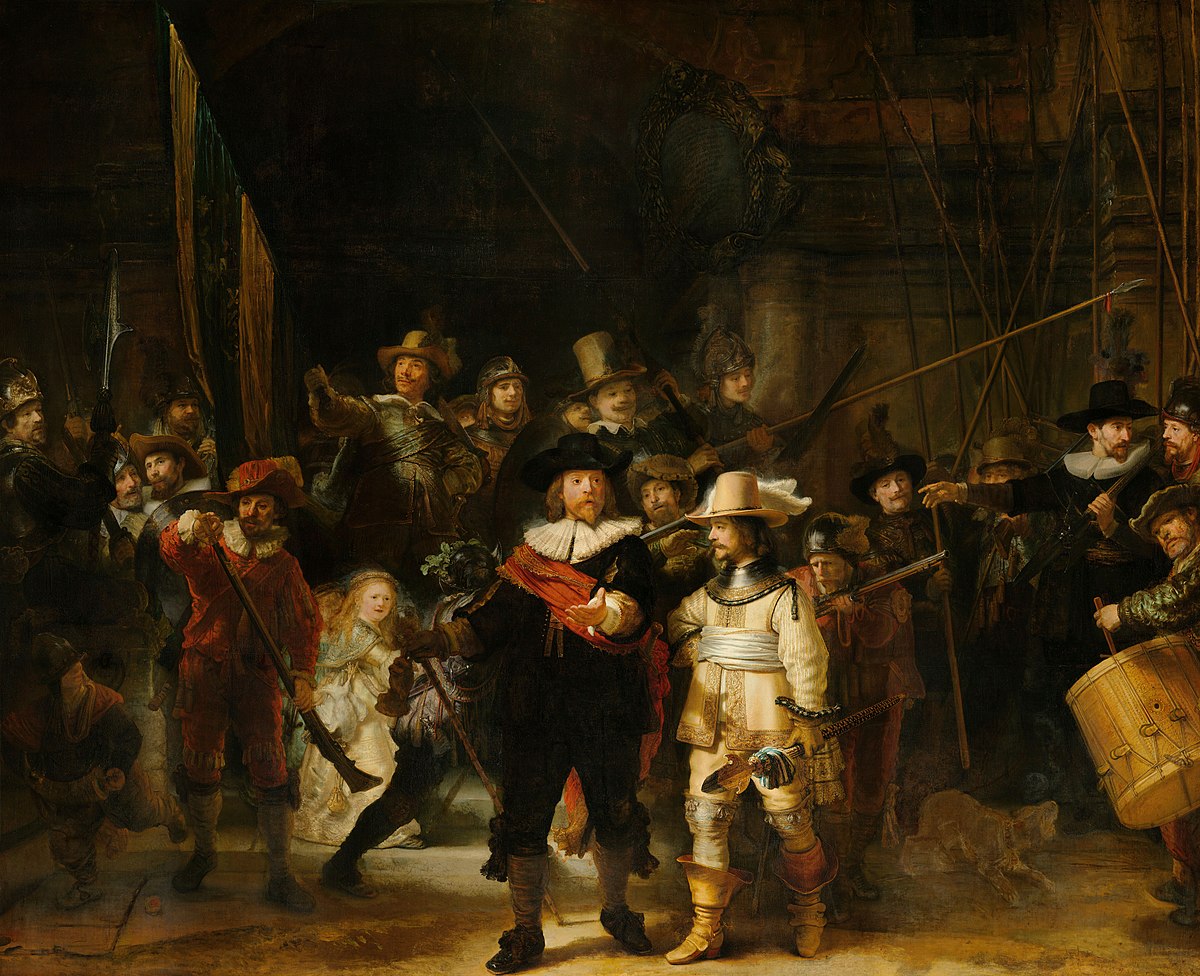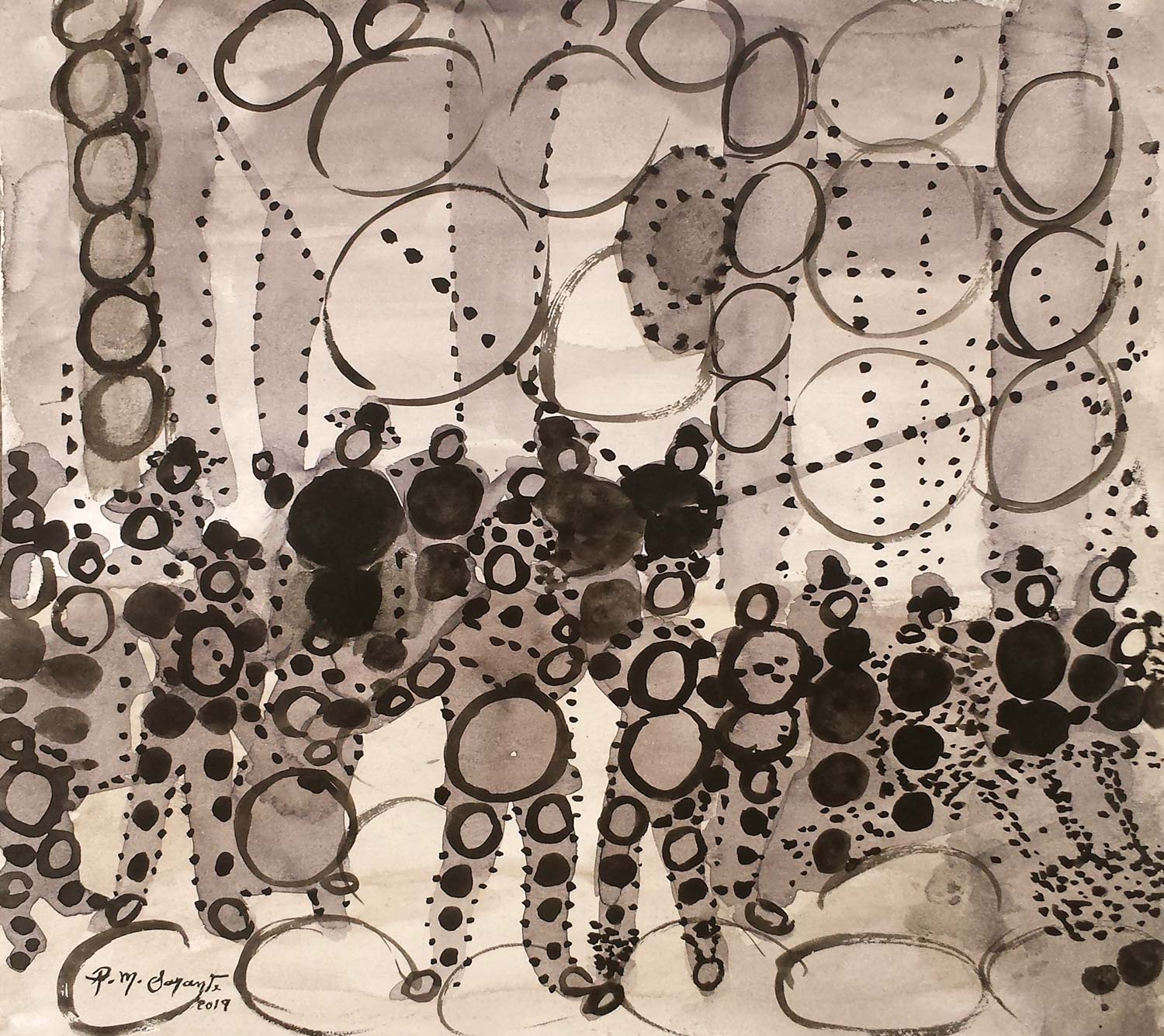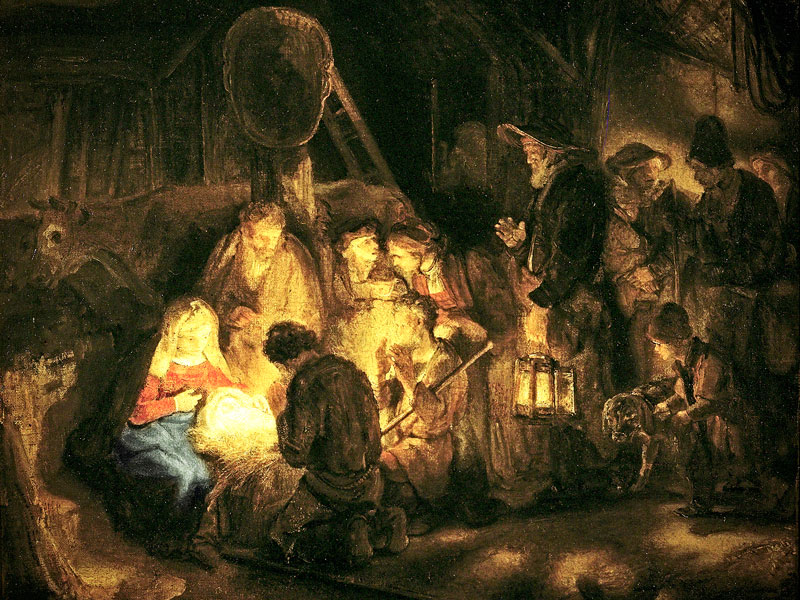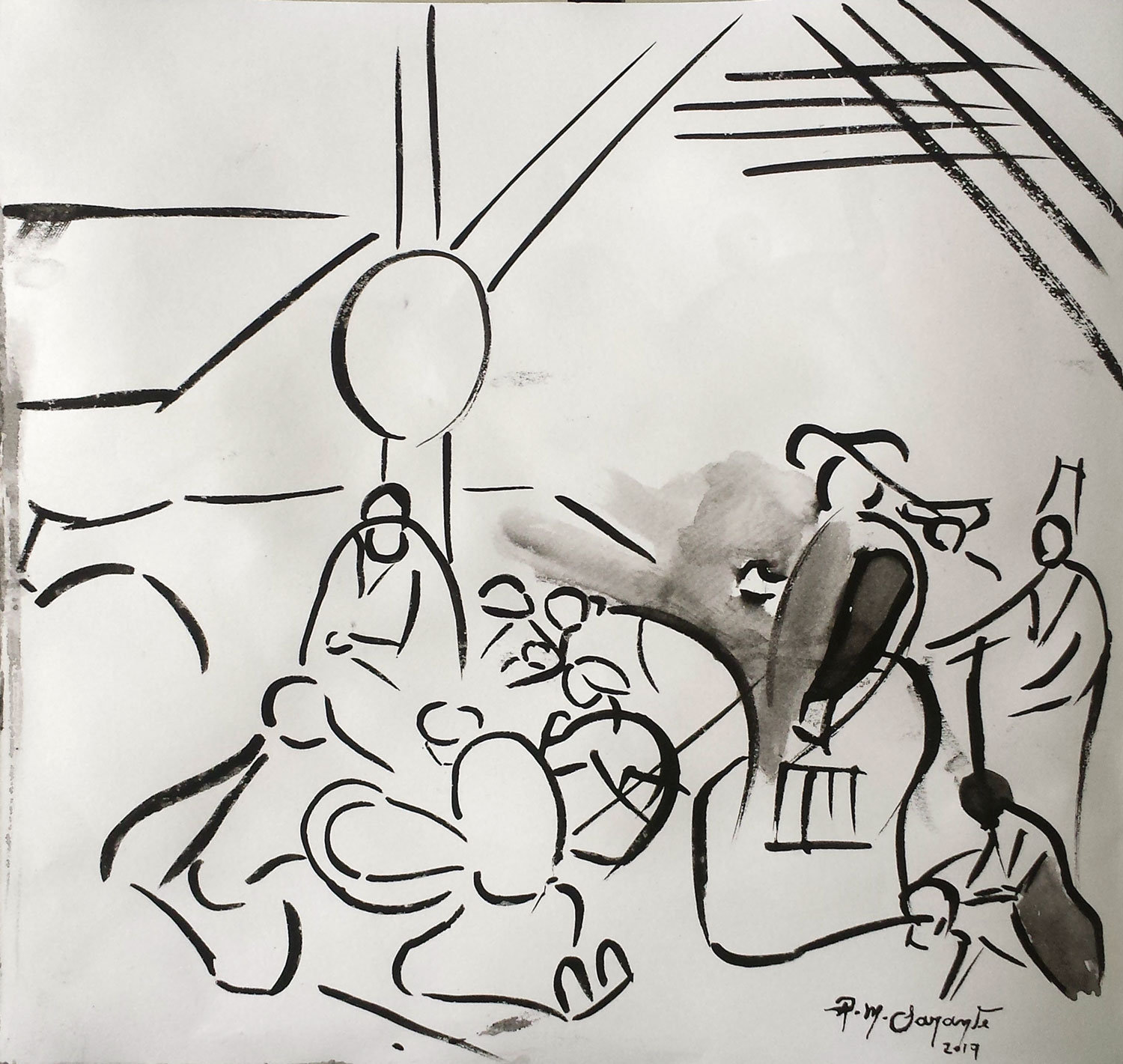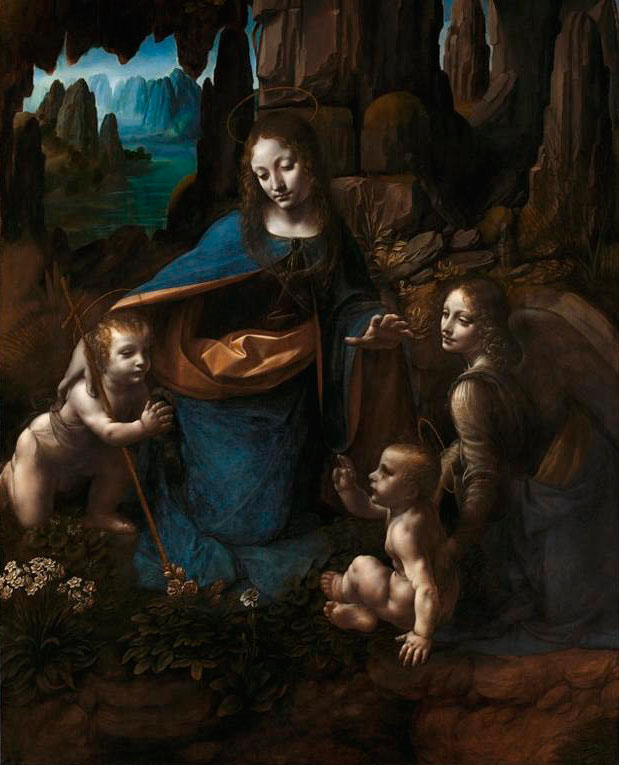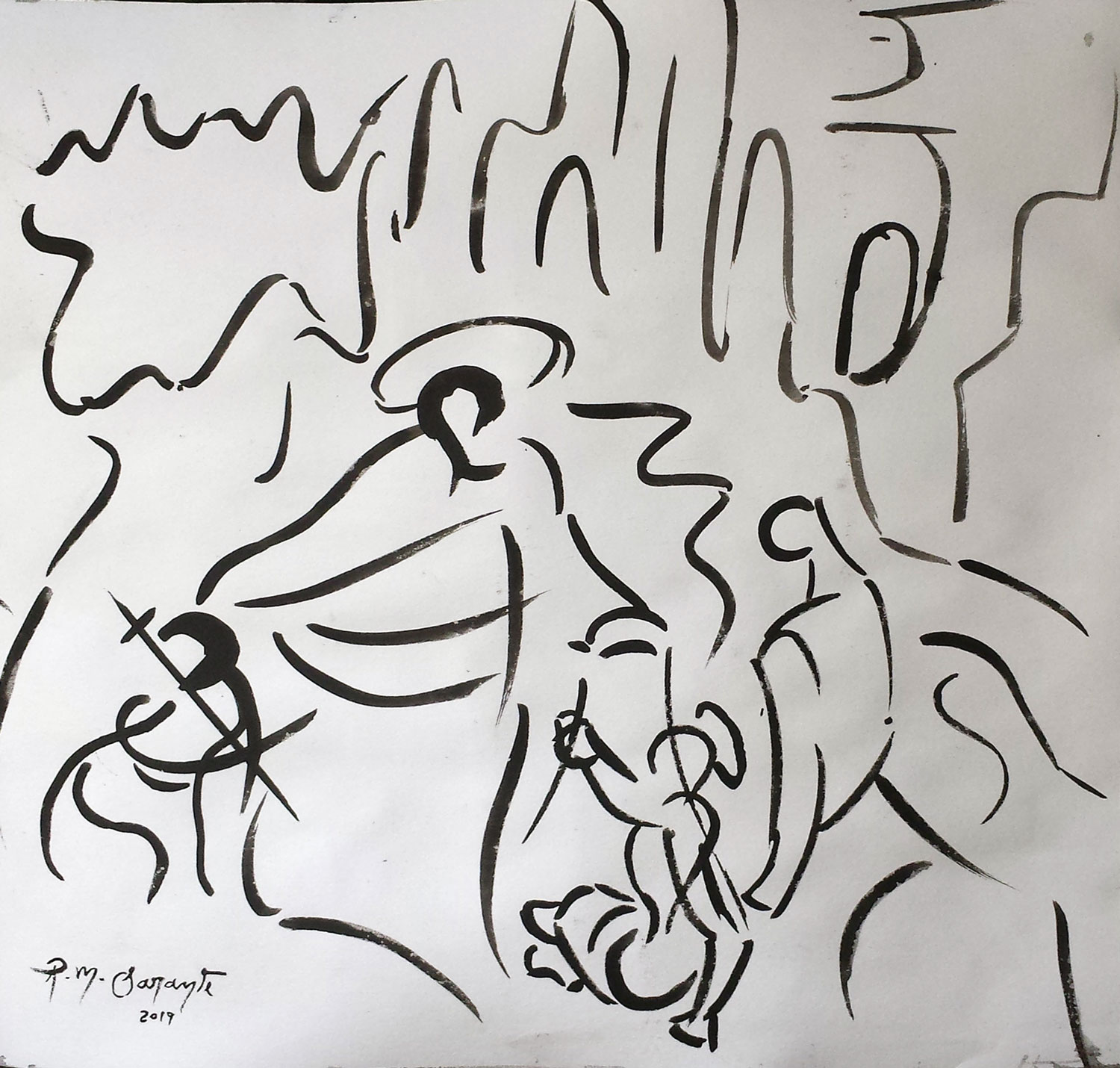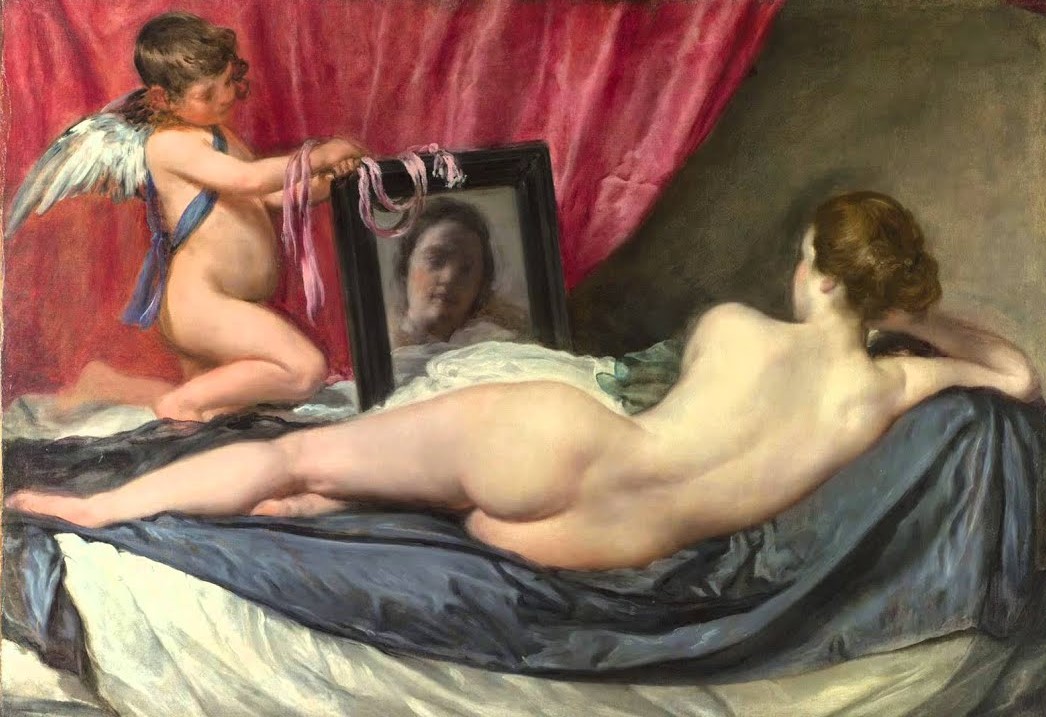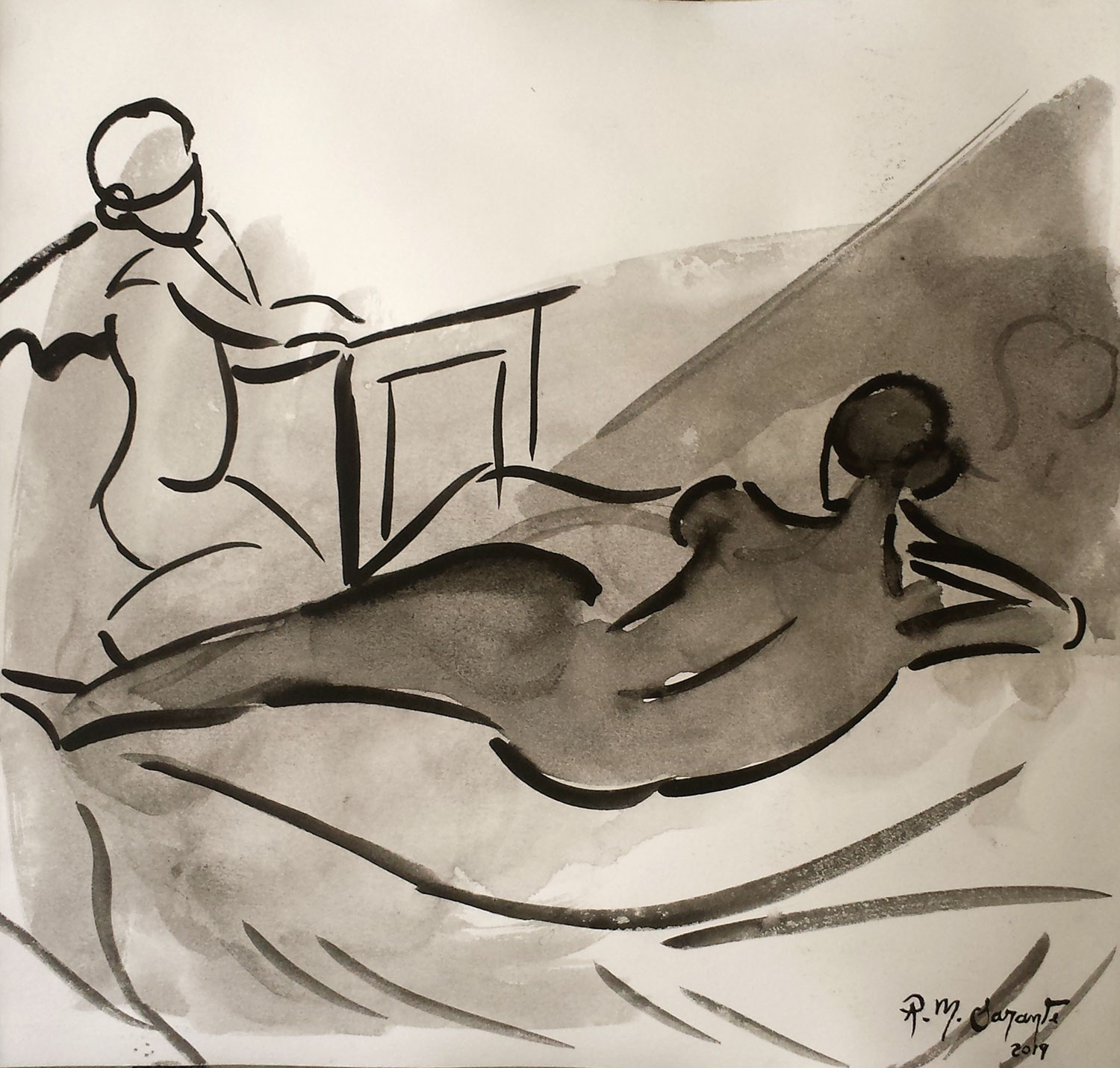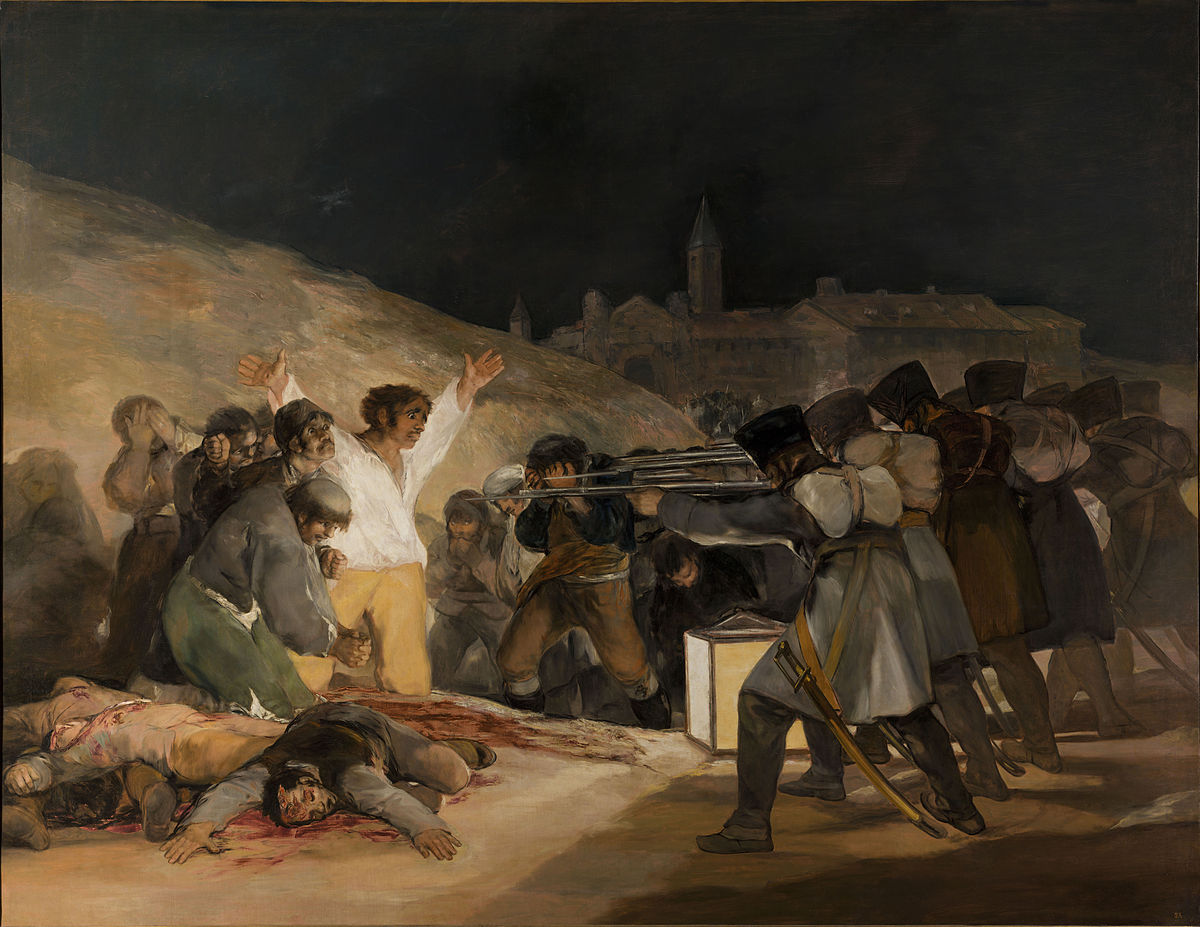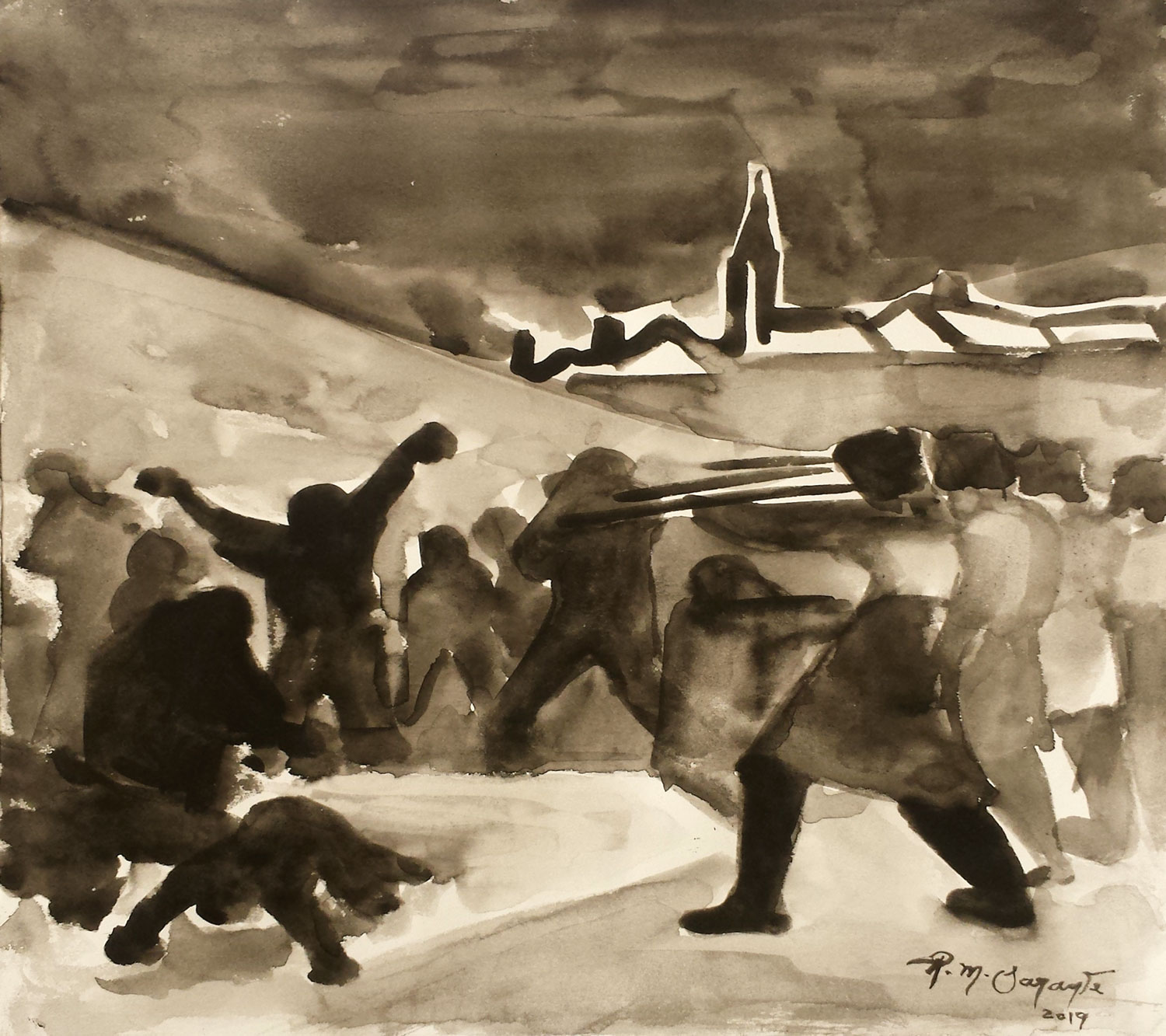Point, line and plane as expressive and structuring resources of space.
The intention of these resources is to communicate graphically the sensations and perceptions of both natural and imaginary forms. The order and expressiveness of figurations or abstractions in a piece of art will be determined by these elements of graphic language.
Point
The point is the starting unit of all other forms of expression. From a single point we begin to structure positions in space that convey balance or instability. Due to the accumulation and dispersion values of multiple points, other sensations arises. When we have many points there is the possibility of achieving freer compositions. Through the different combinations that we can organize, the formal possibilities are countless and can thus decompose any image by means of points. The expressiveness of the point increases when it expands in number and size in a structured way on the plane.
The enhancement of the point was due to the artistic avant-gardes of the 19th and 20th centuries. A peculiar style that consisted of applying dots of color on canvas representing shapes and color, was pointillism. In addition, the point acquire equal notoriety in the abstract art. This was a movement concerned with experimentation and the study of new forms. The conceptual analysis and expressive possibilities of this graphic resource are inexhaustible for new artistic trends.
Line
The movement that describes the trajectory of a succession of points is the graphic representation of a line. The type of line will vary according to its direction, position and the expressiveness of the line. This makes the line the main organizing element of the space. Depending on its shape and its arrangement in space, the line transmit plastic inclinations and sensations in the viewer. All the elements of nature and those that we imagine, could be simplified in the lines that compose it. The most common line directions we can intuit from objects are straight, horizontal, vertical and oblique lines. A quality inherent to the graphic language of the line is the expressiveness obtained through its stroke. The stroke of a line describes its spontaneous character that result in variations in thickness to form a drawing.
The line structures the space in two ways: by composition or by description of elements. It is an organizing resource in both abstract and figurative compositions. In an abstract work you can easily identify the rhythm of the lines that make up the set. When contemplating a figurative work of art, if we do it carefully, we intuit some lines that structure the forms. As a descriptive resource, the line can delimit the forms by contour, by surface or by describing masses and volumes. The greater the technical skills of the artist, the better the outline of a figure will be defined. When making a silhouette, the lines will then become part of the background demarcating a surface with this. Finally, the lines can define the masses that give body to the objects through graphics and the assessments of the stroke to express the volume.
Plane
In graphic language, the plane can represent a delimited surface that, like the point and the line, constitutes an expressive means of communication. If the line defines the shapes by drawing its outline, the plane achieves it by defining its surface. The varieties the plane can adopt due to its shape and position in space, transmit many sensations to the viewer. With this in mind, if we place several planes in a space, we obtain other expressive resources of depth, overlap and penetration. It is important to emphasize that the sensation of depth obtained by means of the plane is superior to those of the point and the line. This was a resource that Cubists used a lot to represent the geometry of shapes.
As an expressive language, horizontal, vertical and inclined planes convey varied sensations. It is interesting to juxtapose these forms and orientations of the plane. With these resources you can get feelings of calm, rest, mobility, balance, serenity, instability, all determined by the arbitrariness or harmony that could exist between the planes.
Source: Pablo Ramírez Burillo, Dibujo, Editorial Santillana, madrid,1985.



